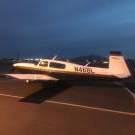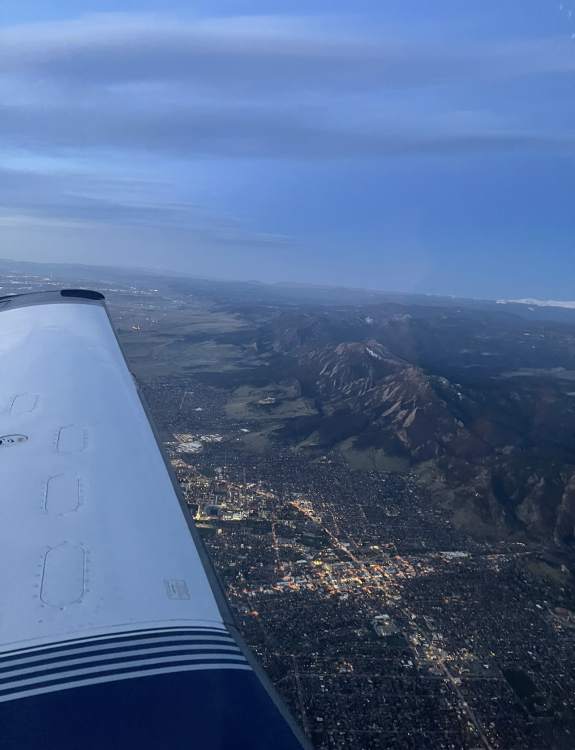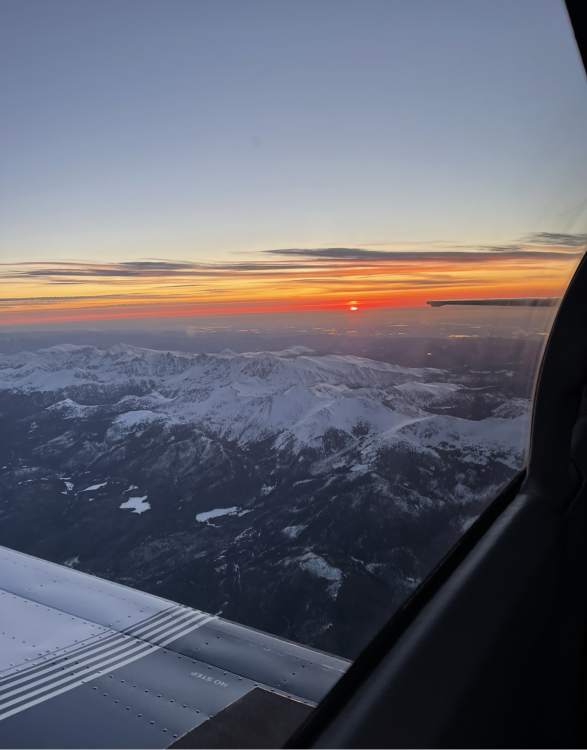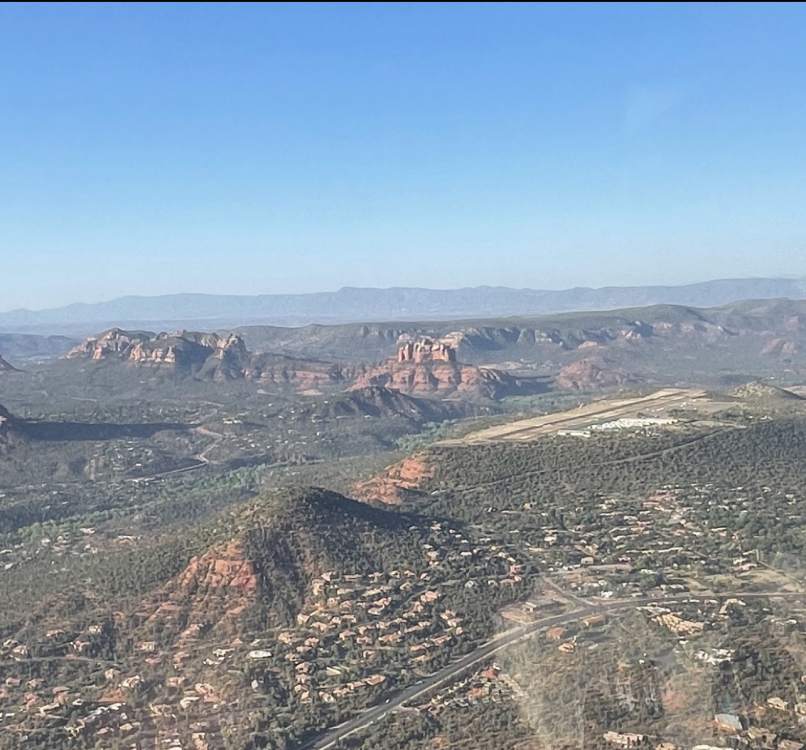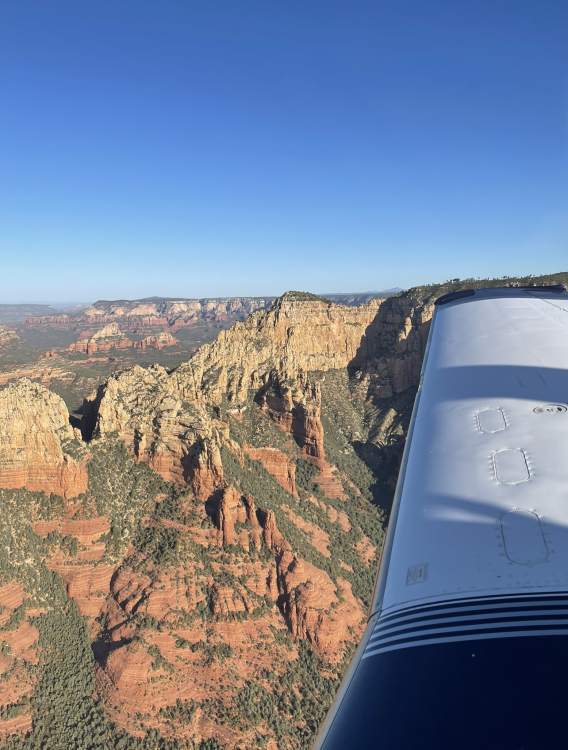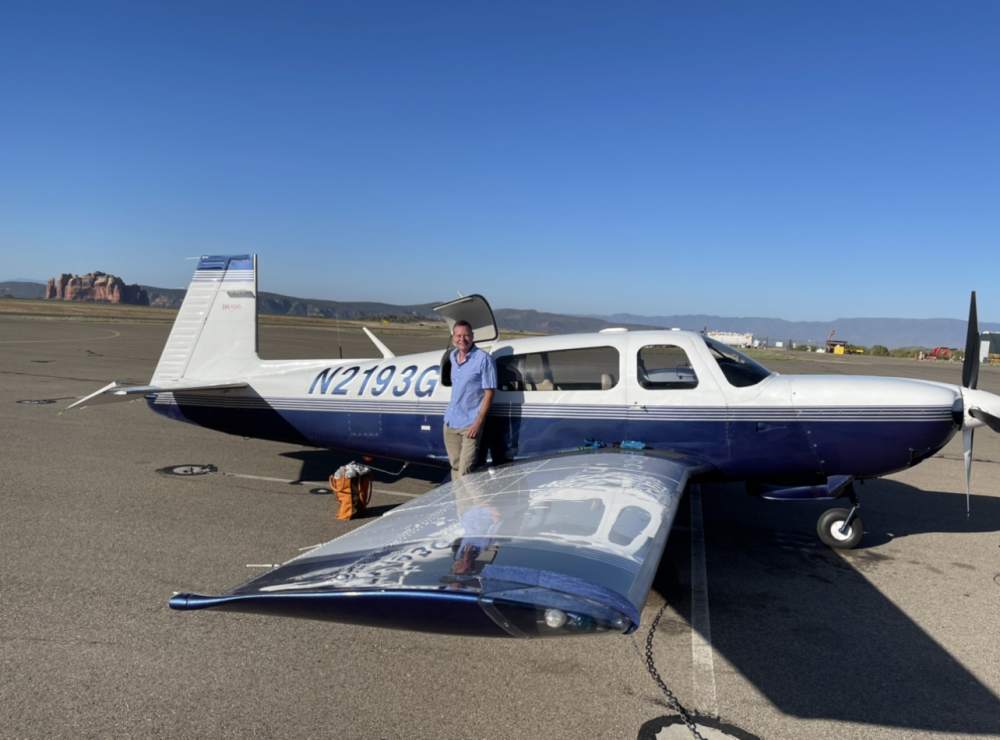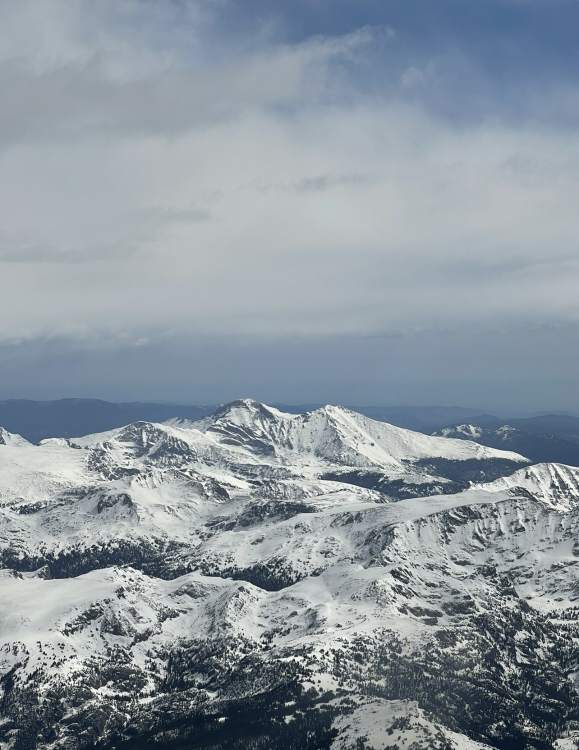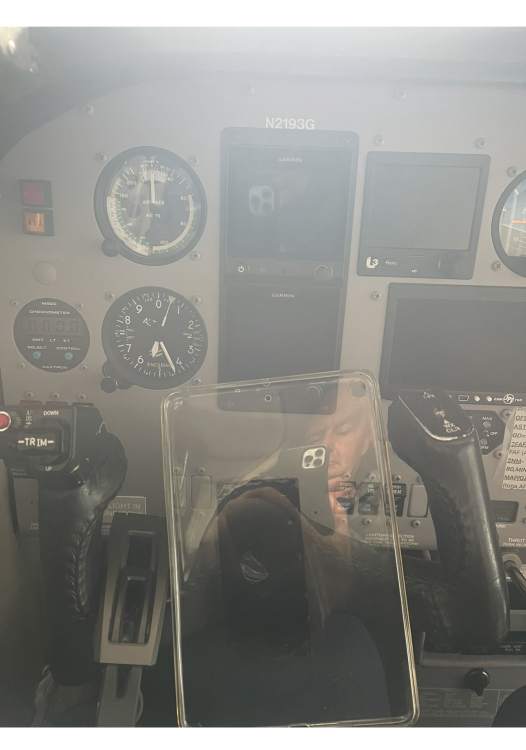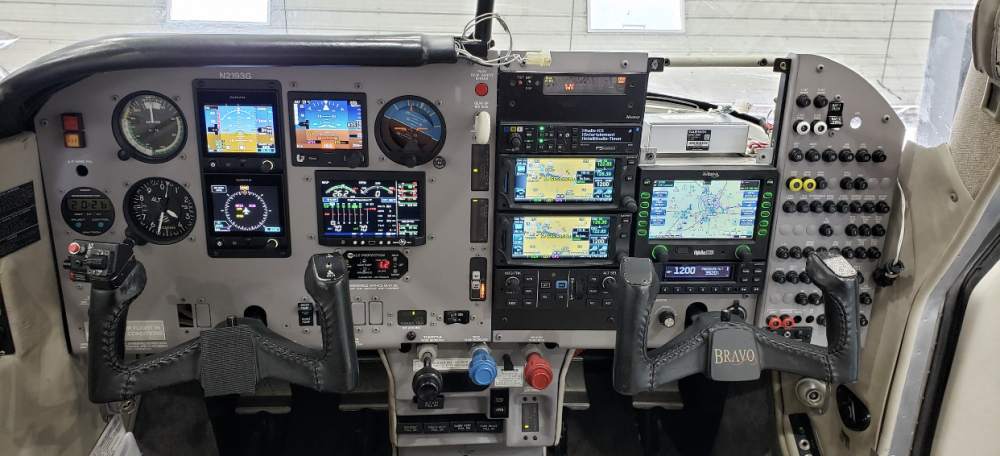
HXG
Basic Member-
Posts
171 -
Joined
-
Last visited
-
Days Won
1
HXG last won the day on March 10 2018
HXG had the most liked content!
Profile Information
-
Gender
Male
-
Location
Longmont, CO
-
Interests
Flying, mountain biking, skiing, climbing
-
Model
M20T
Recent Profile Visitors
3,074 profile views
HXG's Achievements
-
Near Miss With Ground Vehicles at KCRS
HXG replied to alextstone's topic in Mooney Safety & Accident Discussion
Thanks for sharing. We can all learn a lot from our own and others mistakes. Bad luck with the diversion Airport choice. Definitely file a NASA report. Some of my takeaways to avoid a similar occurrence: - Carefully choose and study possible diversion and alternate airports. I often download a separate alternates plates folder in ForeFlight for all possible airports and procedures I may use (NOTAMs will appear red at top of plate) and will often call FBOs to make sure there are no surprises like self serve fuel out of service. - Remember to hit pack & check ForeFlight right before takeoff - Also check Airport NOTAMS on the GTN650/750 - Ask ATC for airport NOTAMS if unsure about diversion airport - Listen carefully to the AWOS, ASOS and ATIS which may only subtly report significant airport information including runway closure quickly at the end in the same monotone voice - Look carefully for anything strange on the airport grounds including vehicles - Consider using larger towered airports with greater services -
KBJC (expect some routing around KDEN traffic especially if coming directly east to west) and KAPA (busier) are both good towered airports. KLMO (my home non towered airport) is good, but heavy VFR training pattern traffic can make a clearance void time of less than 5 minutes difficult without requesting help from traffic. KLMO also has heavy skydiving activity so avoid overflying the field. KEIK and KCFO (KCFO towered next to KDEN) are a little further away (not sure about rental car situation at KEIK), but also good. So, I don’t think you’ll go wrong with any of the above depending on your preferences of services, cost, towered vs non towered etc. I would probably avoid KBDU without doing your research regarding noise abatement and local traffic including glider activity as well as possible tricky winds out of the west which require an early crosswind from Rwy 26. You’re smart to go for a safer front range airport, which can still have some respectable winds and turbulence, rather than venture into the unfamiliar mountain airports, which carry much greater risk- especially if we get some more desired powder skiing.
-
Thanks for these Scott. Looks to me like roughly 4,000 feet thick cloud layer with icing (saturated air with likely liquid water and temperatures just below 0C that equal dew point). Icing and SLD probability gets worse near the top of the clouds with the unstable lapse rate. Climbing within the clouds will make things worse until you can break out on top, which you better be able to do quickly. A hell no go SkewTLogP for me in my FIKI Mooney Bravo.
-
I also went factory Lycoming Reman. Over 150 hours in 8 months on it. Runs great. Very happy so far. I almost went with Western skyways which I’m sure I would have been happy with as well. Factory Reman 0 time was $3-4k more than my lowest overhaul quote and nearly equal to a few quotes.
-
NO flying through the Bravo when on an IFR flight plan??
HXG replied to hubcap's topic in Miscellaneous Aviation Talk
You are absolutely allowed to fly in Bravo airspace while flying IFR, but you still have to comply with ATC instructions and routing which may keep you away from busy Bravo airspace for traffic separation. -
I don’t recall the brand. But, it was a simple silicone lubricant spray (without grease or other additives) I picked up at home depot. I sprayed a small amount on a cloth (slightly damp, don’t soak it) and applied it to the exposed yoke shafts after pulling the yokes back. I didn’t remove anything. I just wiped the visible yoke shafts. This was suggested by a mechanic and avionics guy I use. Fortunately, It actually worked in my case.
-
It sounds like you’ve already tried lubricating the yoke shafts. But, I highly recommend this as the first do it yourself fix attempt for any GFC-500 slight altitude deviations/porpoise. My Bravo GFC 500 began a +- 10-20 feet altitude hold porpoise a few weeks ago. I wiped down the yoke shafts with a small amount of silicone lubricant applied to a cloth. Problem solved and GFC500 is back on rails. There was no perceptible yoke shaft friction prior to lubrication, but it was noticeably smoother after. This may not help in your case, but has been a welcome easy and cheap fix for several pilots with Pipers, Bonanzas, & Mooneys.
-
Agree, you’ll likely need to send the speed brakes into precise flight. I just sent my Bravo speed brakes into Precise flight for failure of my right speed brake to deploy at about 500 hours after my last 1000 hour service. Well over $2,000 bill coming.
-
Quick flight to Sedona for some mountain biking yesterday with return today. Photos of Boulder flatirons early am, over the shoulder sunrise view, Sedona, and Longs Peak.
-
I just got a cheap flexible clear ipad mini cover I leave attached to the yoke by a velcro sticker. Cost about $6 and works well. Just quickly take your ipad mini out of your everyday cover and pop it in out of the yoke case.
-
I’m looking at this from the autopilot perspective rather than Garmin vs Aspen. I installed Aspen PFDs in my 2 most recent planes, but I didn’t miss the Aspen after going to G5s especially after gaining the GFC-500 autopilot. I like their simplicity and cost without the potential fancier Garmin unit headaches. I don’t need synthetic vision, which I have on my Ipad, to fly with precision I would definitely get a Garmin GTN or GTNXi 650 or 750. I’ve flown many autopilots. The popular Garmin GFC-500 and GFC-700 are the best in my experience. My GFC-500 has been rock solid and on rails in turbulent windy conditions. I like an autopilot that I can rely on when I’m getting tossed around in IMC over the rockies. My KFC-225, a very good autopilot, doesn’t come close to the GFC-500.
-
Dual Garmin G5s and GFC 500! That’s all I need. I see no need to upgrade to a txi500 or Garmin G3X- beautiful capable units that won’t really help me fly an approach any better. I like Aspen and their service. I never had a problem with their older units. But, after experiencing 3 separate Aspen Max unit failures in 6 weeks during their early Max release, I decided to move on. I replaced my Aspen and KFC- 225. I couldn’t be happier with the decision. Aspen units are good, but, if you’re looking for an excellent new autopilot go GFC 500 with G5s. Well worth it.
-
I agree. Great podcast that I often listen to on commutes to and from work. I do listen at 1 1/2 x speed.
-
Any chance of icing at 15,000 feet?
HXG replied to Scott Dennstaedt, PhD's topic in Miscellaneous Aviation Talk
Scott, great discussion. I had a feeling this case was setting us up to disregard the instability producing the possibility of icing. The CAPE value is less impressive than I thought it would be, but I think the important point is that of the instability overshoot of cumulus clouds above 15,000 feet. Looks like 19,000 feet or higher would be better altitude option, but certainly not high enough with a significantly greater instability/ higher CAPE and higher temperatures. -
Top ten weather questions...what are they?
HXG replied to Scott Dennstaedt, PhD's topic in Miscellaneous Aviation Talk
As far as top common questions, I would guess some involve: Predicting IMC- cloud bases and heights (helped by models and skewTlogP) and reduced visibility including fog Predicting icing-(helped by models, freezing levels, temps, clouds/visible moisture, icing products, skewTlogP) and best way to get out of icing- climbing with shallow angle, descending, 180 degree turn (I know it depends). Predicting turbulence and high gusty winds as well as low level windshear- I also live on the Colorado front range and I must admit there are windy turbulent days that can be tough for me to explain other than the obvious nearby mountains (i.e., local denver TAFs underestimate winds as less than 20knots, but TAFs at airports less than 80nm away predict 45 knot winds, I can’t find upper level 500mb and above or jet stream support, no nearby front, no nearby lows, skewTlogP may not show reasons other than some higher altitude winds, isobars don’t look close etc.). Graphical turbulence airmets do a pretty good job, but areas are so wide and common that they have limited utility for me at times. Thunderstorm avoidance- although with the exception of embedded thunderstorms, I think thunderstorms can generally be avoided.


